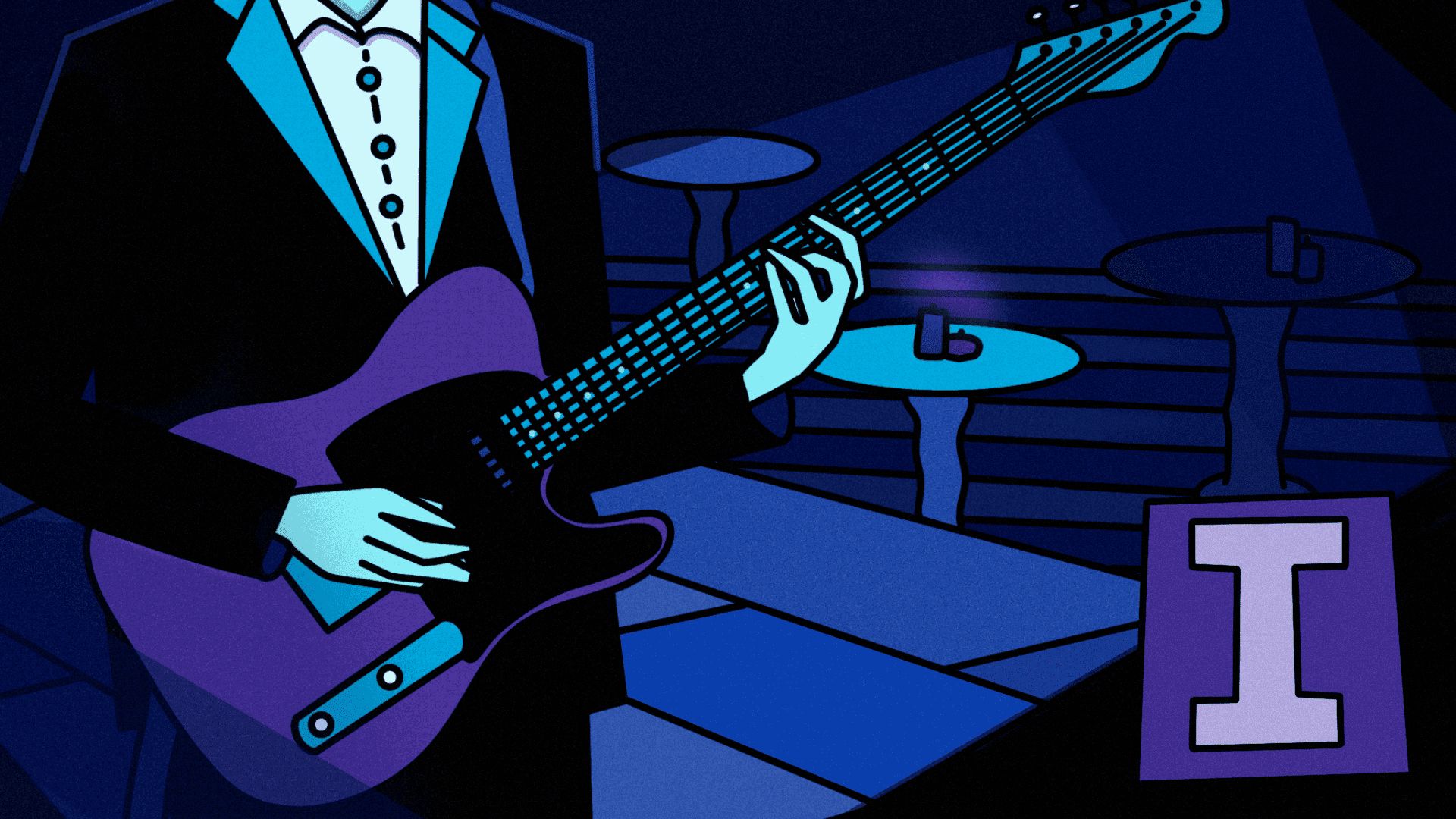In fact, when we are saying, this scale has a "blue" note, we are simply referring to the fact that it has an "out" note. This means a note that is not diatonic to a particular scale, and therefore acts as a deliberate tension that can be released within the rest of the diatonic scale.
Welcome to another theory fest loyal readers! Today we'll be diving into the Blues Scale in great depth, to help you get a better understanding of this wonderful set of notes, and more importantly, a better understanding of how and where to use it! Let's start with a little bit of history, shall we?
Why do we call it a blues scale?
Well, the origins of this scale are resting amongst the African American slaves, who were the founders of the blues music. In terms of music we can still listen to now, you can hear in everything from Robert Johnson, Led Belly, Mississippi John Hurt, through to John Lee Hooker, Muddy Waters and finally into more classic blues players such as Eric Clapton and Peter Green. As it was so synonymous with blues artists and blues music, it simply became known as the "blues scale".
“
Dan Holton
“
The minor blues scale
Now we have a little bit of the history under out belt, let's take a look at the blues scale in a theoretical way, by plotting out the intervals and then adding that to a scale box. There are actually two blues scales, the major blues and the minor blues. I believe that when people say "the blues scale" they are generally referring to the minor blues scale, but we'll cover both here to be sure!
The minor blues scale is essentially the minor pentatonic with a b5th added to the scale. This takes our 5 note minor pentatonic scale and adds a 6th note. If we worked initially with the key of A minor, that means that we would get this formula: 1, b3, 4, b5, 5 & b7. The notes we get in the key of A minor are A, C, D, Eb, E & G. Have a look at this process with these slides.
Just to really hammer that shape home, we're using our pentatonic box 1 as the base, and now adding that infamous blues note, to create this awesome scale box:
The major blues scale
Just like most scales, for every minor, there is a relative major! This absolutely applies to the blues scale, and to create a major blues scale we need a slightly different formula. We will be starting this time with the major pentatonic, but instead of adding a b5th, as we did in minor, we'll be adding the b3rd. The formula for the major blues scale is therefore: 1, 2, b3, 3, 5 & 6. If we use the key of A major as our example, this means that we get an A, B, C, C#, E & F#. Have a look at this process with these slides.
Just to really hammer that shape home, we're using our pentatonic box 1 as the base, and now adding that infamous blues note, to create this awesome scale box:
Moving between major and minor…
As you may have noticed by now, the fretboard shape for the box 1 (and in fact all the boxes) is exactly the same! As long as you understand how to move from a major pentatonic to a minor pentatonic, you can easily apply that same knowledge to major blues and minor blues. If you don't understand, check out these courses to help you out!
How to use the scale
Now we know the theory and the history, let's talk about how to use it! This actually is in many ways very simple. You use it in exactly the same way you do the pentatonic scales, except now you have a cool chromatic note that you can reference. The key thing to remember is that you don't hang on that note very long. As mentioned earlier, it's an "out" note, which means that diatonically it simply doesn't fit, and will not sound good to resolve or linger on. Instead, using it very briefly to add a bit of tension or chromaticism to your lead licks can sound fantastic!
“
If you love a bit of blues, then I would recommend listening to the song "Tin Pan Alley" by SRV live in Montreux. There are a tonne of usages in this solo, and it's absolutely amazing! This is the minor blues box at it's best.
Dan Holton
“
Try it yourself
The final element to our blues scale quest is to give you two little examples of using the blues scale, using the A Blues scale. These are just simple tabs to have a play around with, but we've also listed some cool courses below that will give you more licks and ideas using the blues scale. Enjoy!
More blues licks!
If you want to learn more awesome blues licks, and really understand the whole genre on a new level, accelerating your playing massively, check out these courses:
Enjoyed this?
Go even further with a Guitar Club membership!
Unlimited access to all our courses, practice journal, guitar toolbox and more!
Sign up now

